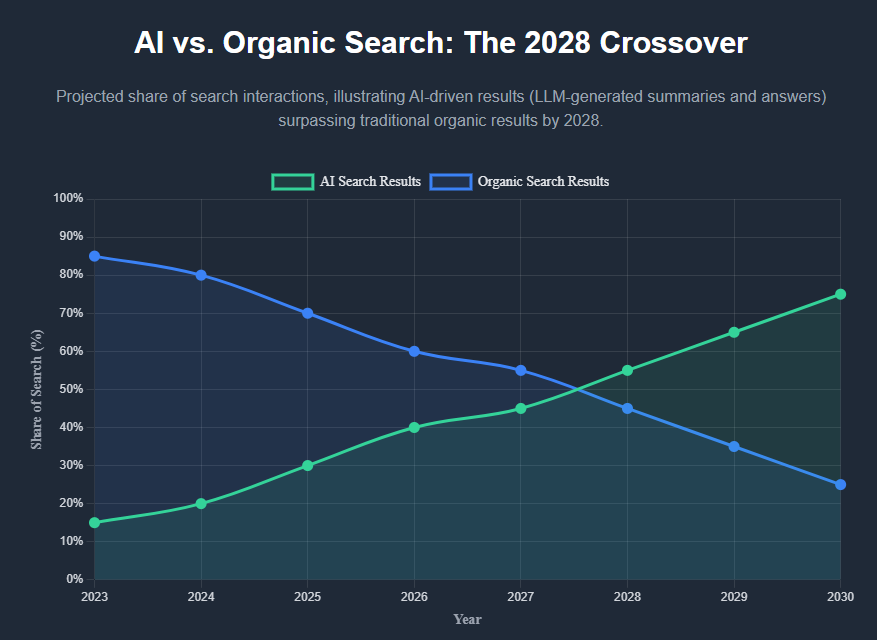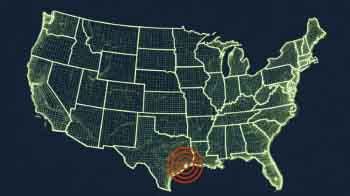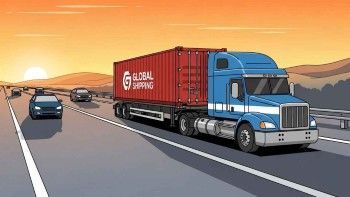We got it.
Thank you for contacting us.We’ll get back to you as soon as possible.
AI Search Results Optimization: How SEO, AEO, and GEO Work to Achieve this Goal
By Doug Mansfield • 3 November 2025

The Evolution from SEO to AI Search
As a B2B business owner, you’ve probably spent years figuring out how to get found on Google. Just when you had a handle on Search Engine Optimization (SEO), the entire landscape changed. Now, we're in a new era of AI-powered search, and it’s introducing a whole new set of acronyms, like AEO and GEO.
Why Early Adopters Will Win the Market
The current AI search landscape represents a pivotal moment, much like the early days of traditional SEO. Early adopters who invest now in a comprehensive AI search strategy will establish foundational authority and secure a significant, defensible advantage. Those who wait until the scales tilt and AI search becomes the predominant path to discovery will find themselves struggling in a far more competitive and saturated market, fighting for visibility that their proactive competitors have already claimed. By acting decisively, you position your brand to be the trusted, go-to source, capturing the sales and revenue that will increasingly flow through these AI-driven channels.
I’ve had hundreds of consultations with business owners, and I know this can be frustrating. It’s simple to make marketing complicated, but it’s very difficult to make it simple.
So, let’s do that. In simple terms, the ultimate goal of our services is to make your business visible to potential new customers who are searching for your solutions in unpredictable ways.
The Three Paths a Modern Customer Takes
Years ago, the path was simple. A customer went to a search engine, typed in a phrase, and clicked on one of the "organic search results," the classic list of blue links on the search engine results page (SERP).
Today, your potential customer might take one of three primary paths. For our example, we'll primarily use Google, but it's critical to remember that the Bing search engine commands a sizeable portion of search traffic and cannot be ignored.
- The Organic Path: This is the traditional route. Your customer searches and chooses to click a direct link to your website from the list of organic results.
- The AI-SERP Path: Your customer searches, but instead of scrolling down, they engage with Google's AI-powered search results (often called AI Overviews) that appear at the very top of the page. If your business isn't mentioned or cited in this AI answer, you may lose the chance of ever being discovered by this person.
- The Direct LLM Path: Your customer bypasses search engines entirely. They go directly to a Large Language Model (LLM) like ChatGPT, Google Gemini, or Perplexity to do their research, ask questions, and discover companies that can solve their problems.
Our job is to ensure you are prominently positioned to be found, no matter which of these three paths your prospect chooses.
SEO: The Minimum Price of Entry
To be discovered, the minimum price of entry is having a website that is already well-optimized for search engines (SEO). This means your website is discoverable by search engine and AI web crawlers, and its content is well-structured.
In many cases, a website with strong SEO might already be appearing in AI search results without you having taken extra steps, simply because Google's AI identifies it as a quality source.
But this landscape is becoming intensely competitive. It is projected that AI search results will soon surpass organic search results in user preference. If you are serious about staking a claim to favorable positions in these AI results, basic SEO is no longer enough. Additional, specific steps are needed.
This is where
AEO and
GEO come in.
The Integrated Solution: How SEO, AEO, and GEO Work Together
These three practices are not separate strategies; they are a single, concurrent process designed to position your website for success in this new, complex "discovery phase" of the buying journey.
- What is SEO (Search Engine Optimization)? This is the Foundation. SEO is the practice of making your website technically sound, fast, and full of high-quality, relevant content that provides the backbone for your entire strategy. It ensures that search engines can find, crawl, and understand what your business is about.
- What is AEO (Answer Engine Optimization)? This is the practice of structuring your content to be the single best answer to a specific question. AEO is specifically designed to get your content featured in "zero-click" scenarios like Google's AI Overviews, featured snippets, and voice search replies. It involves creating concise, clear, and "answer-first" content.
- What is GEO (Generative Engine Optimization)? This is the practice of positioning your brand as a trusted, authoritative source that an AI model can use to create a new, synthesized response. The goal of GEO is not just to be the single answer (that's AEO), but to be cited and referenced within a more complex, conversational summary, like those from ChatGPT or in-depth Google answers.
A good way to think about it is that AEO is the foundation for GEO. You first prove to the AI that you can answer specific questions (AEO), and over time, the AI learns to trust your brand as an authority on the topic as a whole (GEO).
These practices are critical for
B2B marketing. Your prospects are using these AI tools to do their initial research. If we miss the chance of being discovered in this discovery phase, your chance of being shortlisted as a reputable solution they will contact to inquire about products or services becomes slim to none.
The correct solution is to accomplish SEO, AEO, and GEO concurrently. This integrated strategy is the only way to future-proof your B2B marketing efforts and ensure you are found, trusted, and chosen by your next customer.
(Chart data source: https://www.semrush.com/blog/ai-search-seo-traffic-study)
This blog post was written by the founder of Mansfield Marketing, Doug Mansfield.
- Visit Doug Mansfield's professional portfolio website.
- Connect with Doug Mansfield on LinkedIn.
Latest Posts














